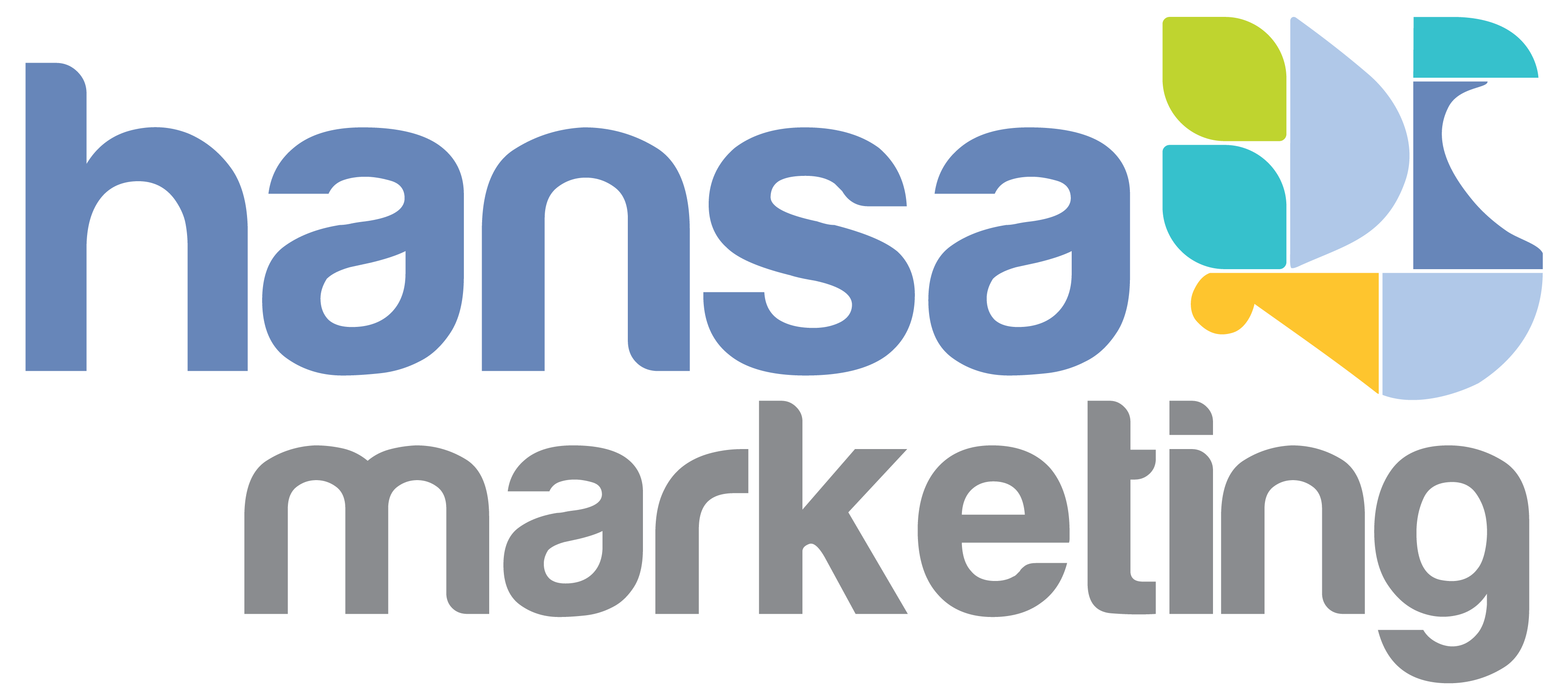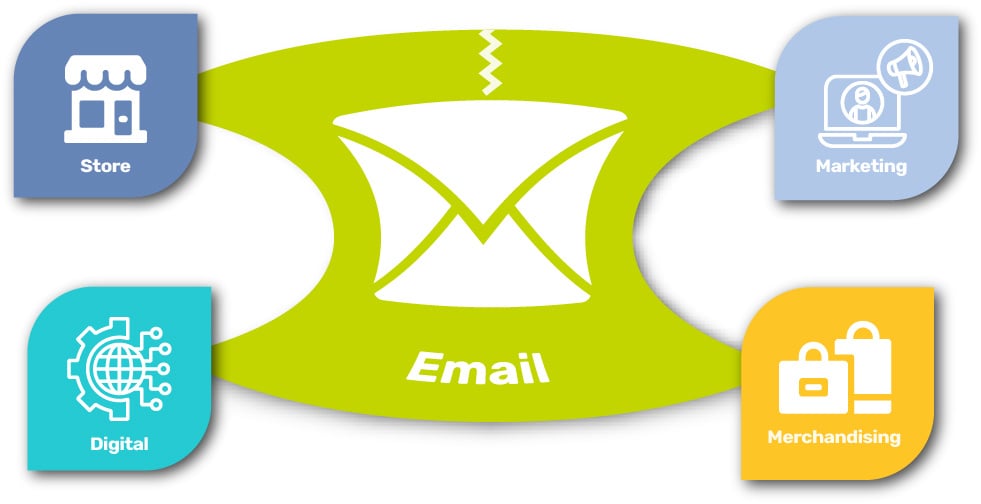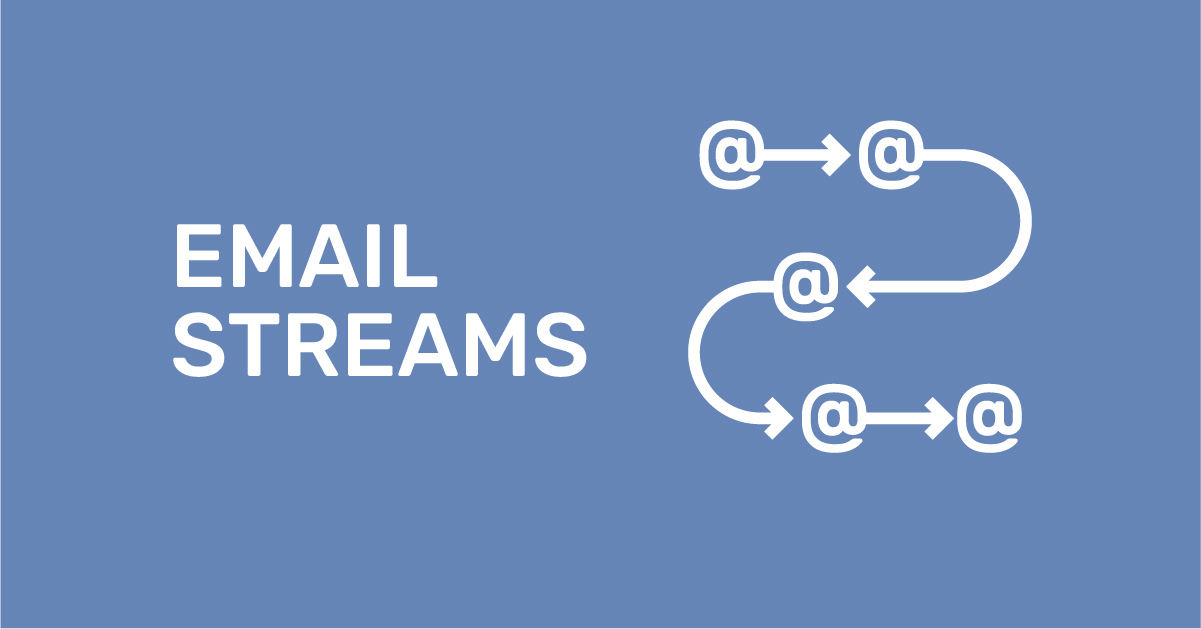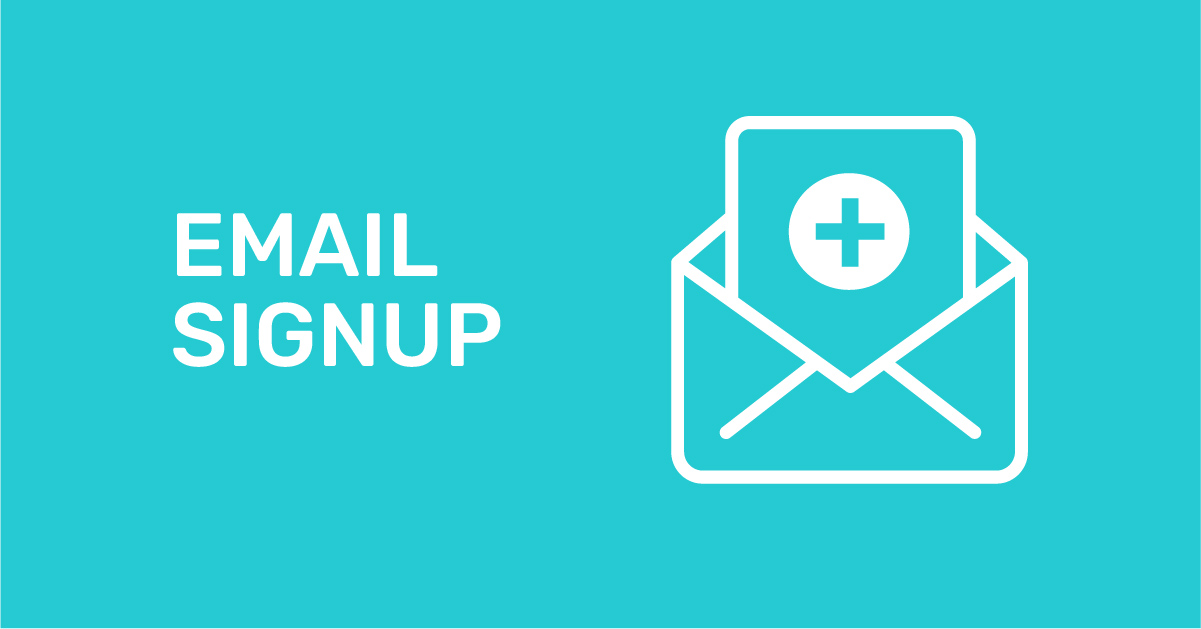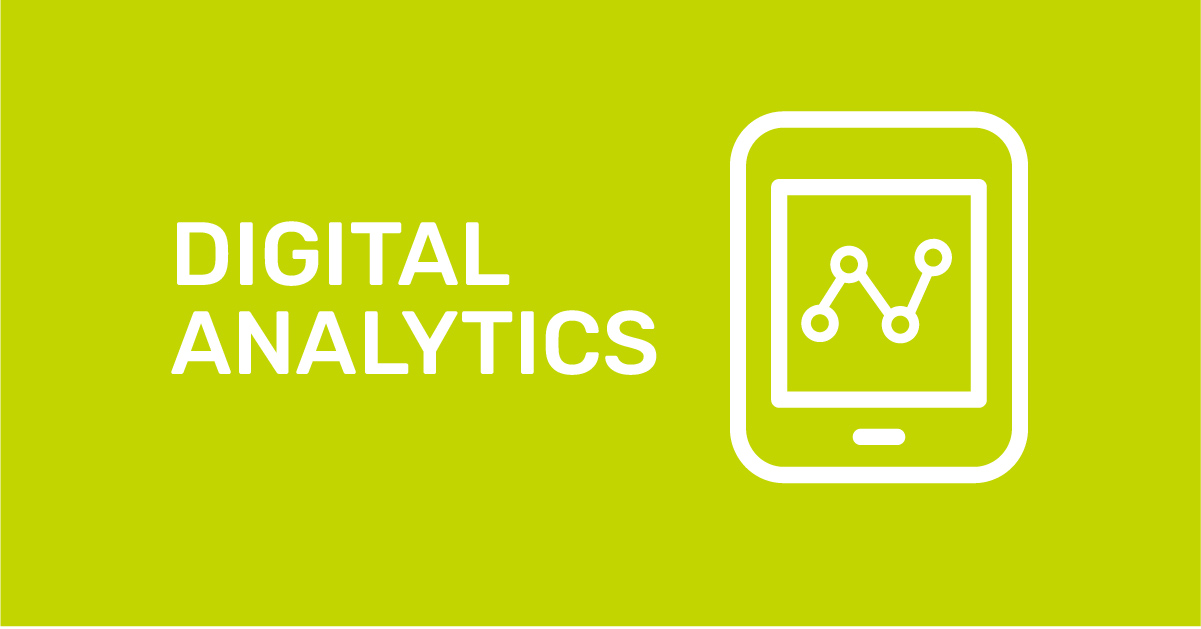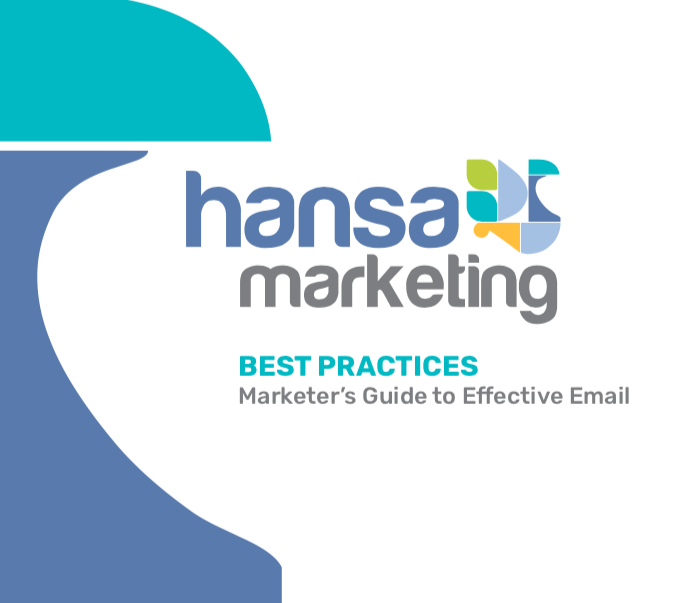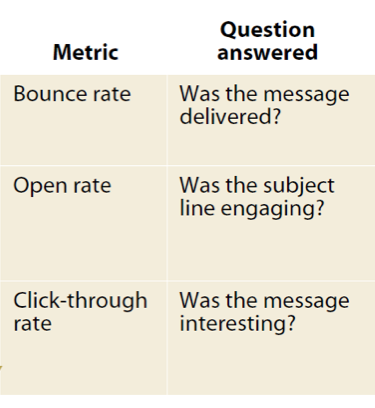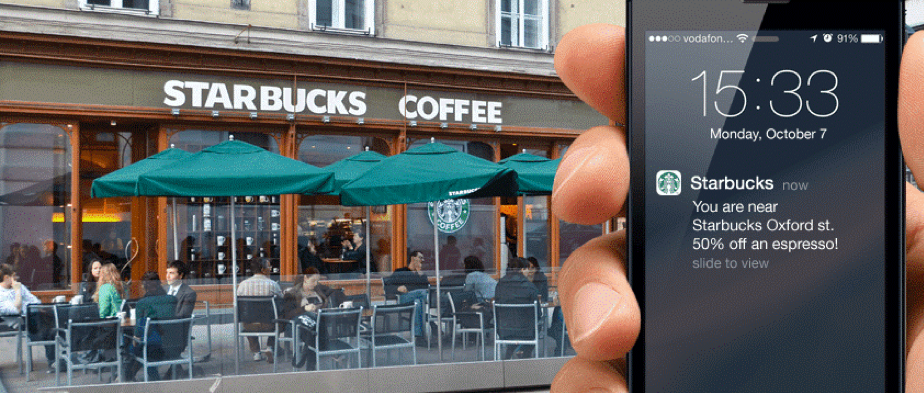Communicating with customers is essential for building relationships and driving business outcomes, with email being arguably the best channel for personalized communication at scale. It's no surprise that various departments within your organization want to leverage email to boost their results. Merchandising teams aim to highlight specific products, while marketing focuses on driving total sales and margin. However, a critical question remains: how does the customer influence the messaging and content they receive?
7 min read
B2C Email Ownership: Who’s in Charge?
By Brian Gruidl on Aug 13, 2024 8:30:01 AM
3 min read
Enough with the great ideas
By Roy Wollen on Jul 28, 2020 12:14:30 PM
Enough with the good ideas already
3 min read
Not everyone wants your email
By Roy Wollen on Jul 1, 2020 11:26:05 AM
Not everyone wants your email. If that's true, why do customers signup anyway?
Many customers register their email address, but don’t opt in for email marketing. This is surprisingly common, and is a mystery to email marketers. Clients struggle to explain why 20% of their e-commerce customers are on a poorly named “suppression list”? What’s going on here?
When customers don’t opt in, are they saying they don’t love the brand? Could it be: our “fabulous deals” fall flat? Is it a matter of love the brand/hate the email?
The marketer in me doesn’t want to admit customers don’t want promotional email. Maybe I didn’t explain the benefits properly. If I used magical words, maybe that would’ve changed a customer’s mind. The best practice here is obvious.
The best email marketers set expectations properly. What types of emails will subscribers receive? How often? What are the benefits of receiving marketing email (not just sales incentives, but value-add)? How are subscribers in control?
Nordstrom has given this some thought. Their signup form says “Yes, sign me up for emails about the latest looks, sales, events and more.”
Amtrak features discounts, but there is value-add for news and information
Remember customers who love your brand, look forward to your emails. They pick them out of crowded inboxes. This DSW fan enjoyed getting 2 emails the same day. But not everyone wants to receive promotional, deal-centric emails. What are the best practices for how communicate without email?
- Think customers, not email addresses. When a customer does not opt in, it may mean there is another email they use more often (work versus personal email). The best email marketers see customers, many with multiple email addresses. In b2b, clients can associate email addresses to a site to support Account Based Marketing (ABM). Who else at that site is purchasing or engaging with your brand?
- Reach customers beyond email. A customer’s email address usually connects to terrestrial address, phone number and other juicy bits of data to help you communicate with your Direct mail is expensive, but may make sense for the most profitable customers
- Onboarding email addresses. Many brands use email addresses for onboarding - the process of matching to Google, Facebook, LiveRamp etc (with names like Google Customer Match, Facebook Custom Audiences, LiveRamp Data Matching). Onboarding gives brands a way to use display advertising when they can’t email directly. A best practice is to vary the message for cart abandoners, new customers, big spenders, customers nearing attrition, old customers who just visited your site. This is where email marketers can be creative, but don’t forget to test these ideas before you buy expensive paid media
Opt in, Opt out – make up your mind
Are you afraid of subscribers who opt in but subsequently opt out? From my experience, these are true opt outs in the sense that they experienced the email marketing program then said “forget it.” Fortunately, most brands discover these numbers are tiny as visualized using a brand in the home improvement industry.
2 min read
Great. You signed up for email. Now what?
By Roy Wollen on Jun 2, 2020 3:06:24 PM
What brands do with the 1P data they collect is the key to success. What customers share with the brand is not nice-to-know information. It’s customers telling brands two things - What they expect to get back and their level of trust. The greater the brand trust, the more customers will divulge.
Many email programs collect lots of 1P data. Customers expect value in exchange for creating a login, building a profile and sharing what they want. The way brands start the conversation is called a welcome email and the best come in streams of communications, not just one automatically generated “hello” from a robot. From our experience working with hundreds of email marketers, here are the best practices:
- What happens after signup? A welcome message triggered upon signup is good, but what comes next is more important. The best brands consider these campaigns over time in a stream of communication
- Use the 1P data customers share. The best brands have a formal email welcome campaign, built to nurture the customer relationship. These emails help users get started with suggestions and ideas. They are designed to encourage people to re-engage. They take the opportunity to remind users what they signed up for, and may repeat back 1P data. The email program then uses customer data to customize the relationship
- Let's get personal. The best brands make their email campaigns completely personalized using 1P data. For example, different customers get different offers, messages, creative assets and cadence and this begins from the welcome stream. Check out this great example...
Nordstrom’s welcome stream explains the benefit of the email program as well as its loyalty program and is customized to reflect recent purchases
2 min read
Email signups are the perfect way to capture 1P data. So why are brands so bad at it?
By Roy Wollen on May 26, 2020 1:00:00 PM
The way users sign up for email and what happens next is a best practice in email marketing. This is a chance for Marketing leaders and Technology to show the organization they can work together. The problem spans marketing technology, content management systems (e.g., forms), tag management, Customer Data Platforms (CDPs) etc. Without Marketing leadership, they become disjointed tools. But how brands use 1P data is foundational to success.
What are the best practices for customer signup?
- The process is easy. Customer can find where to signup and the form is intuitive. We know there are a lot of ways users can sign up for email (web pages, footers, social media fan pages). And a lightbox can interrupt at any time and to ask for an email, which customers find annoying. So, the best brands plan this out. The lightbox is intelligent and doesn’t ask customers for emails if they’ve already provided one
- The signup form is short. Signup form only asks for the information necessary, but has a way for consumers to disclose more about themselves and what they are looking for. The best practice here is to make it very easy to signup, but allow customers to add more either with other forms or the welcome stream of email communication that follow. Many brands set expectations during signup, for preferences, but also how email marketing will provide value (not just promotional deals)
- Brands use what they collect. This is the most important practice – if brands collect information, customers expect the brand to customize the experience.
1 min read
Recently featured on Northwestern's post talking about analytics
By Roy Wollen on May 15, 2020 10:54:12 AM
I was just featured on Northwestern University's thought leader series on digital marketing. The topic was how retailers are embracing digital as fast as possible to not only counter the Covid crisis, but improve the customer's UX in the process.
4 min read
4 Tools to Help You Make a Great First Impression with Email
By Lizzie Hoffman, TowerData on Apr 15, 2020 9:00:00 AM
It’s easy to market to loyalty program members; their extensive history with your brand provides you and your marketing team with the necessary data to know what they love, what they hate, and what they’re probably in the market for next. That said, how do you extend that same level of customer service to your newest customers, or even those who haven’t made a purchase yet? In 2020, everyone is looking to AI for marketing help. Sure, a great marketing platform can help segment your database and schedule your content, but it can’t perform at its best if the customer data in your database is a little lackluster.
2 min read
Email is Relevant Now, More Than Ever.
By Roy Wollen on Apr 3, 2020 8:46:08 AM
Email is effective, has great ROI and customers depend on it for information in times of crisis
You may be asking yourself: should I write to my customers about Covid-19? What about sending promotional emails? Is email still a good way to communicate? The answer: Email marketing was there to help in 2008 and it is indispensable now.
3 min read
Measurement Beyond Opens & Clicks
By Roy Wollen on Oct 16, 2019 9:53:00 PM
Marketers Guide to Effective Email: Part 5
Analytics is the key to an effective email marketing program. Email campaign analytics usually have numbers for the basics including:
4 min read
Integrating Email with Digital and Offline
By Roy Wollen on Oct 16, 2019 9:51:12 PM
Marketer's Guide to Effective Email: Part 4
It’s easy to forget – email marketing is part of a brand’s Integrated Marketing Communication (IMC). The best email marketers see email holistically along with mobile, social and offline marketing. The broader our vision of email, the more successful we can be in the eyes of the customer. The customer sees brand not channel. How does email integrate with Customer Service? Field sales? Store associates? Each of these touchpoints can- and should trigger an email. If we ignore this, we will never get off the wheel of batch and blast and our customers will become numb to email communication.
